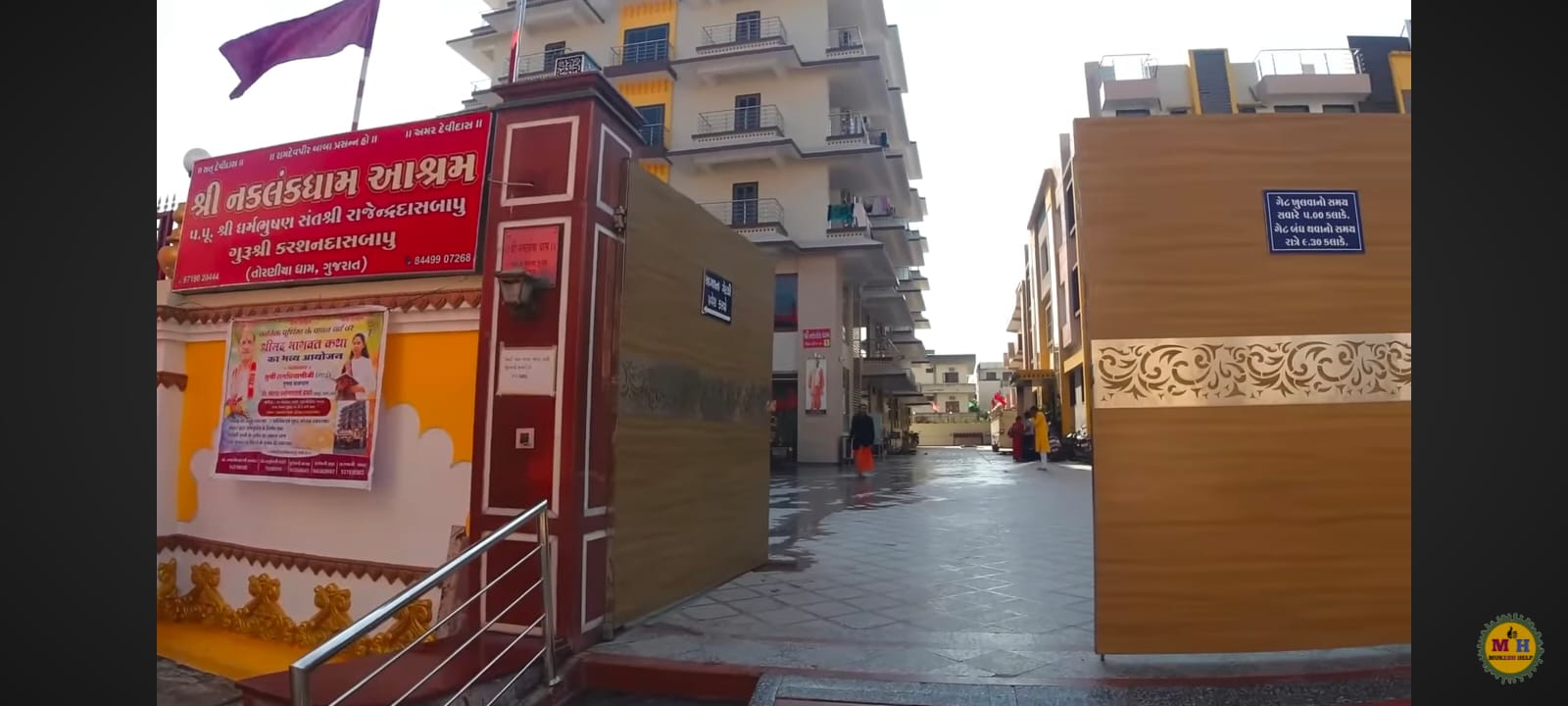
#HealthInsurance #MedicalClaim #MultipleInsurers #ClaimProcess #IRDAI #InsuranceGuidelines #CashlessClaim #Reimbursement #InsuranceIndia #Policyholder
एक बड़े मेडिकल क्लेम को कई हेल्थ इंश्योरर्स में कैसे बांटें
प्रस्तावना
भारत में हेल्थ इंश्योरेंस पॉलिसीधारकों के पास अक्सर एक से अधिक पॉलिसी होती हैं—जैसे कि एम्प्लॉयर ग्रुप पॉलिसी, फैमिली फ्लोटर, और पर्सनल हेल्थ कवर। जब मेडिकल खर्च बहुत ज्यादा हो जाए और एक पॉलिसी से पूरा क्लेम कवर न हो पाए, तो आप बाकी रकम के लिए दूसरी या तीसरी पॉलिसी का इस्तेमाल कर सकते हैं। इस प्रक्रिया को सही तरीके से समझना जरूरी है ताकि क्लेम रिजेक्शन या डिले से बचा जा सके।
1. क्या आप एक से ज्यादा इंश्योरेंस पॉलिसी से क्लेम कर सकते हैं?
भारतीय बीमा नियामक और विकास प्राधिकरण (IRDAI) के नियमों के अनुसार, आप एक ही मेडिकल इमरजेंसी या ट्रीटमेंट के लिए दो या अधिक हेल्थ इंश्योरेंस कंपनियों से क्लेम कर सकते हैं। लेकिन, आपको सभी इंश्योरर्स को अपनी अन्य पॉलिसीज़ के बारे में पहले से सूचित करना जरूरी है।
2. क्लेम स्प्लिट करने की प्रक्रिया
(A) सभी इंश्योरर्स को सूचित करें
-
अस्पताल में भर्ती होते ही सभी इंश्योरेंस कंपनियों को सूचित करें।
-
क्लेम इंटिमेशन फॉर्म भरें और सभी पॉलिसी डिटेल्स दें।
(B) प्राइमरी इंश्योरर चुनें
-
सबसे पहले उस पॉलिसी से क्लेम करें जिसमें सबसे ज्यादा कवरेज या सबसे आसान क्लेम प्रोसेस हो।
-
आमतौर पर एम्प्लॉयर ग्रुप पॉलिसी या फैमिली फ्लोटर से शुरुआत की जाती है।
(C) क्लेम डॉक्युमेंटेशन
-
अस्पताल के सभी बिल, डिस्चार्ज समरी, प्रिस्क्रिप्शन, और मेडिकल रिपोर्ट्स इकट्ठा करें।
-
प्राइमरी इंश्योरर को ओरिजिनल डॉक्युमेंट्स दें।
(D) क्लेम सेटलमेंट समरी (Settlement Summary)
-
जब पहला इंश्योरर क्लेम सेटल कर दे, तो आपको क्लेम सेटलमेंट समरी (Form 64/Claim Settlement Summary) मिलेगी।
-
यह डॉक्युमेंट सेकंडरी इंश्योरर को देना जरूरी है।
(E) सेकंडरी/थर्ड इंश्योरर से क्लेम
-
सेकंडरी इंश्योरर को क्लेम सेटलमेंट समरी, अटेस्टेड बिल्स, और अन्य डॉक्युमेंट्स के साथ क्लेम फाइल करें।
-
इसी तरह, अगर तीसरी पॉलिसी है तो वही प्रक्रिया दोहराएं।
3. कैशलेस और रीइंबर्समेंट क्लेम
- कैशलेस क्लेम:नेटवर्क हॉस्पिटल में इलाज के लिए एक पॉलिसी से कैशलेस क्लेम लें। जब लिमिट खत्म हो जाए, बाकी अमाउंट के लिए रीइंबर्समेंट क्लेम करें।रीइंबर्समेंट क्लेम:नॉन-नेटवर्क हॉस्पिटल में इलाज के बाद, सभी बिल्स और डॉक्युमेंट्स के साथ रीइंबर्समेंट क्लेम फाइल करें।
-
सभी इंश्योरर्स को अपनी अन्य पॉलिसीज़ की जानकारी दें।
-
क्लेम डॉक्युमेंट्स की ओरिजिनल और अटेस्टेड कॉपी रखें।
-
क्लेम अमाउंट कभी भी कुल खर्च से ज्यादा न हो—यह इंश्योरेंस फ्रॉड माना जाएगा।
-
क्लेम फाइलिंग में देरी न करें, हर इंश्योरर की समयसीमा अलग हो सकती है।
-
सभी डॉक्युमेंट्स की कॉपी अपने पास रखें।
-
पहले एम्प्लॉयर ग्रुप से ₹10 लाख क्लेम करें।
-
क्लेम सेटलमेंट समरी के साथ फैमिली फ्लोटर से ₹15 लाख क्लेम करें।
-
बाकी ₹5 लाख पर्सनल हेल्थ पॉलिसी से क्लेम करें।
-
2013 के बाद से, “कंट्रीब्यूशन क्लॉज” हटा दी गई है। अब आप किसी भी पॉलिसी से पहले क्लेम कर सकते हैं।
-
सभी इंश्योरर्स को क्लेम से पहले सूचित करना जरूरी है।
-
क्लेम अमाउंट कुल खर्च से ज्यादा नहीं होना चाहिए।
-
क्लेम फॉर्म (हर इंश्योरर के लिए)
-
हॉस्पिटल बिल्स (ओरिजिनल/अटेस्टेड)
-
डिस्चार्ज समरी
-
प्रिस्क्रिप्शन और मेडिकल रिपोर्ट्स
-
क्लेम सेटलमेंट समरी (Form 64)
-
आईडी प्रूफ
-
Inform all insurance companies as soon as you are hospitalized.
-
Fill out the claim intimation form and provide details of all your policies.
-
File your claim first with the policy that offers the highest coverage or has the easiest claim process.
-
Typically, start with your employer group policy or family floater.
-
Collect all hospital bills, discharge summaries, prescriptions, and medical reports.
-
Submit original documents to the primary insurer.
-
Once the primary insurer settles the claim, obtain the claim settlement summary (Form 64/Claim Settlement Summary).
-
This document is essential for the secondary insurer.
-
Submit the claim settlement summary, attested bills, and other documents to the secondary insurer.
-
Repeat the process for a third insurer if needed.
-
Disclose all your policies to every insurer.
-
Keep original and attested copies of all documents.
-
Never claim more than the total actual expense—this is considered insurance fraud.
-
File claims within the stipulated time frame for each insurer.
-
Retain copies of all documents for your records.
-
First, claim ₹10 lakh from the employer group policy.
-
With the claim settlement summary, claim ₹15 lakh from the family floater.
-
Claim the remaining ₹5 lakh from the personal health policy.
-
Since 2013, the “Contribution Clause” has been removed. You can claim from any policy first.
-
All insurers must be notified before making a claim.
-
The total claim amount cannot exceed the actual expense.
-
Claim form (for each insurer)
-
Hospital bills (original/attested)
-
Discharge summary
-
Prescriptions and medical reports
-
Claim settlement summary (Form 64)
-
ID proof
4. जरूरी बातें और सावधानियां
5. उदाहरण
मान लीजिए, आपके पास तीन पॉलिसीज़ हैं—एम्प्लॉयर ग्रुप (₹10 लाख), फैमिली फ्लोटर (₹15 लाख), और पर्सनल हेल्थ (₹20 लाख)।अगर अस्पताल का बिल ₹30 लाख है:
6. IRDAI के नियम
7. डॉक्युमेंट्स की लिस्ट
8. अक्सर पूछे जाने वाले सवाल
Q1: क्या मैं एक ही खर्च के लिए दो पॉलिसी से क्लेम कर सकता हूँ?हाँ, लेकिन कुल क्लेम अमाउंट खर्च से ज्यादा नहीं होना चाहिए।Q2: क्या सभी इंश्योरर्स को पहले से बताना जरूरी है?हाँ, सभी पॉलिसीज़ की जानकारी देना जरूरी है।Q3: क्या कैशलेस और रीइंबर्समेंट दोनों क्लेम कर सकते हैं?हाँ, पहले कैशलेस क्लेम लें, फिर बाकी अमाउंट के लिए रीइंबर्समेंट क्लेम करें।
9. निष्कर्ष
एक से ज्यादा हेल्थ इंश्योरेंस पॉलिसी होने पर आप बड़े मेडिकल खर्च को आसानी से मैनेज कर सकते हैं, बशर्ते आप सही प्रक्रिया और डॉक्युमेंटेशन फॉलो करें। सभी इंश्योरर्स को सूचित करें, डॉक्युमेंट्स संभालकर रखें, और क्लेम अमाउंट में पारदर्शिता रखें।
How to Split a Large Medical Claim Across Different Health Insurers
Introduction
In India, many policyholders have more than one health insurance policy—such as an employer group plan, a family floater, and a personal health cover. When a medical bill exceeds the sum insured of a single policy, you can split the claim across multiple insurers. Understanding the right process is crucial to avoid claim rejection or delays.
1. Can You Claim from Multiple Health Insurance Policies?
According to the Insurance Regulatory and Development Authority of India (IRDAI), you can claim for the same medical emergency or treatment from two or more health insurance companies. However, you must inform all insurers about your other existing policies.
2. Step-by-Step Process to Split a Large Claim
(A) Notify All Insurers
(B) Choose the Primary Insurer
(C) Gather Documentation
(D) Obtain Claim Settlement Summary
(E) File with Secondary/Tertiary Insurer
3. Cashless vs. Reimbursement Claims
Cashless Claim:Use a network hospital to avail cashless treatment from one policy. Once the limit is exhausted, pay the remaining amount and claim reimbursement from other insurers.Reimbursement Claim:For non-network hospitals, pay the bills yourself and file for reimbursement with all insurers as per the process.
4. Key Points and Precautions
5. Example
Suppose you have three policies—Employer Group (₹10 lakh), Family Floater (₹15 lakh), and Personal Health (₹20 lakh).If your hospital bill is ₹30 lakh:
6. IRDAI Guidelines
7. List of Required Documents
8. Frequently Asked Questions
Q1: Can I claim for the same expense from two policies?Yes, but the total claim cannot exceed the actual expense.Q2: Is it mandatory to inform all insurers in advance?Yes, you must disclose all your policies to every insurer.Q3: Can I use both cashless and reimbursement claims?Yes, you can use cashless for one policy and reimbursement for the rest.
9. Conclusion
Having multiple health insurance policies allows you to manage large medical expenses efficiently, provided you follow the correct process and maintain proper documentation. Always inform all insurers, keep your paperwork in order, and ensure transparency in your claims.







